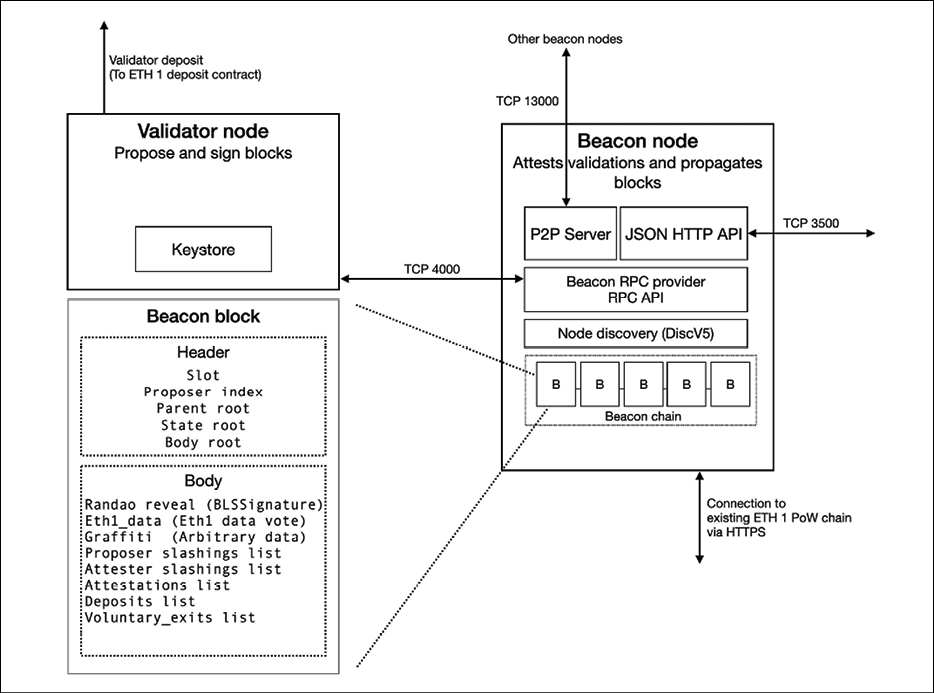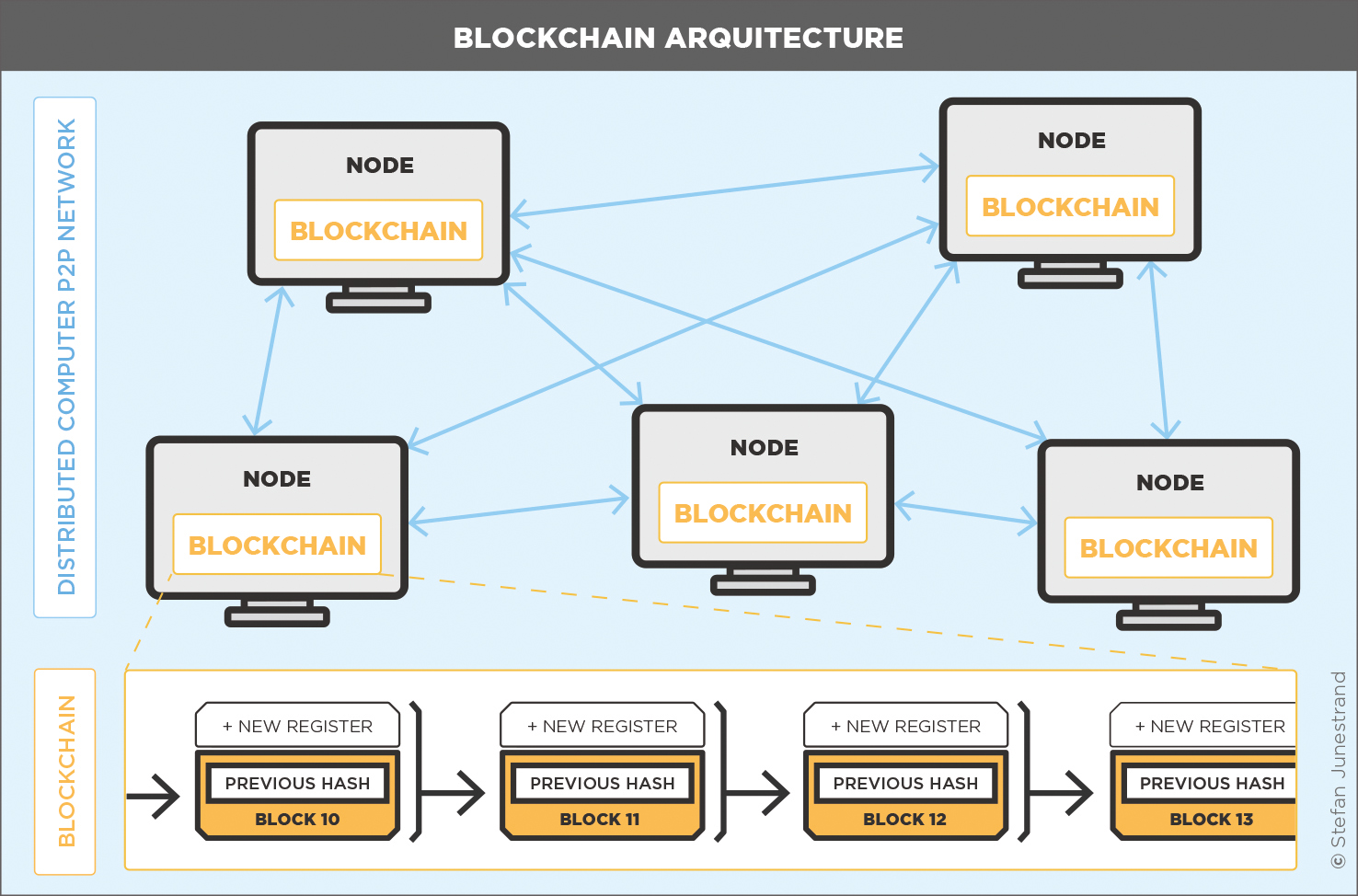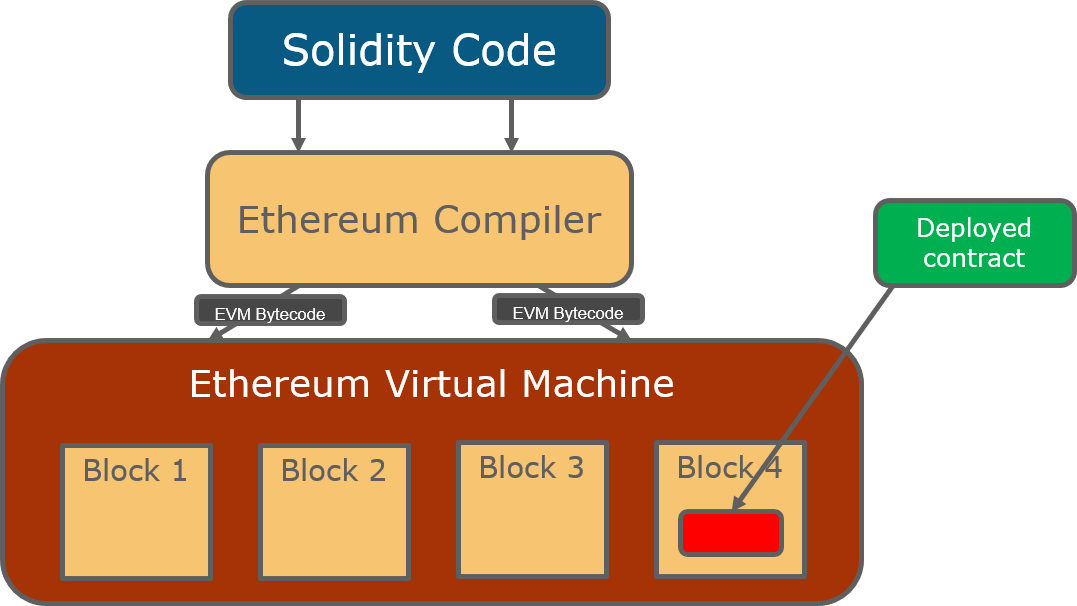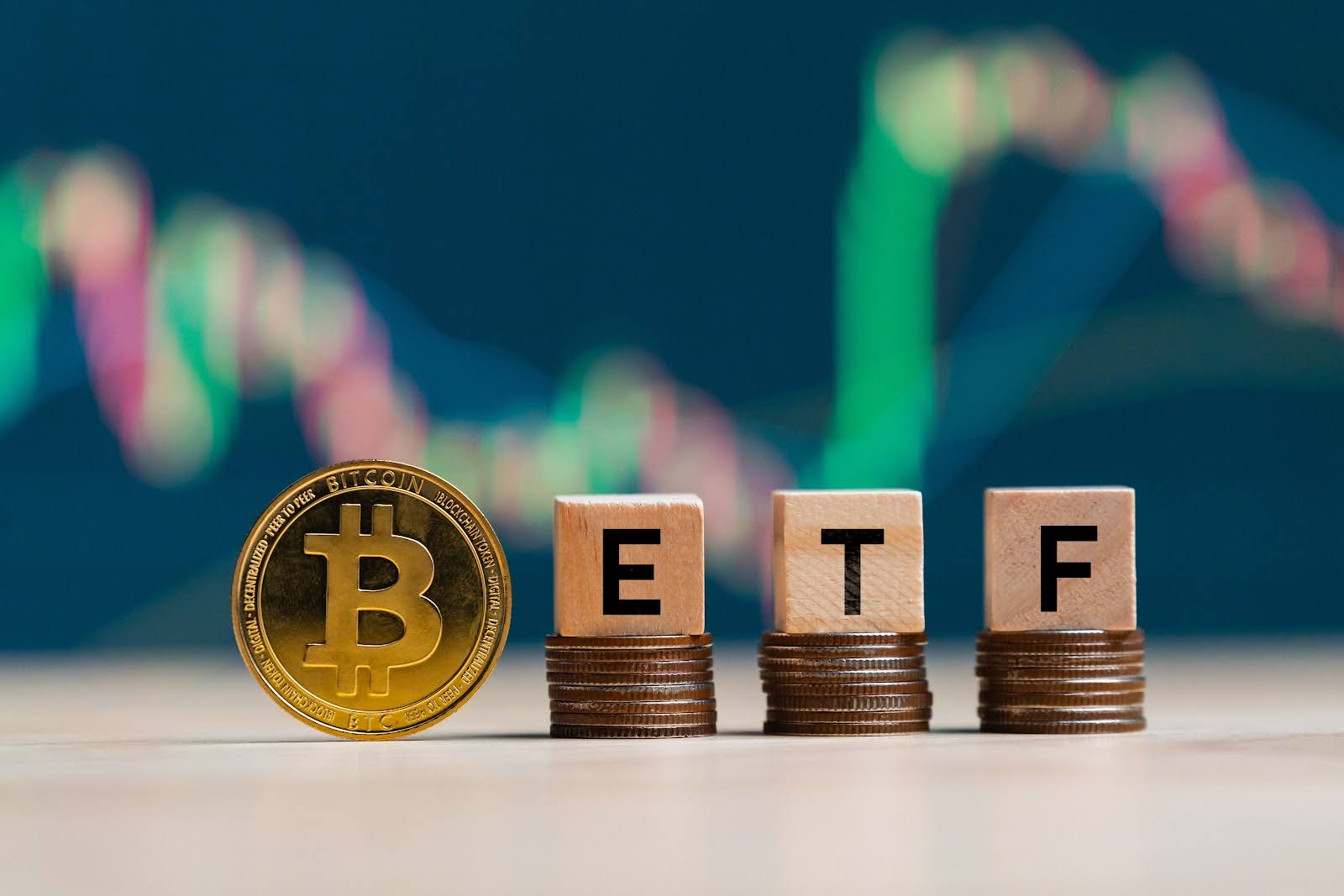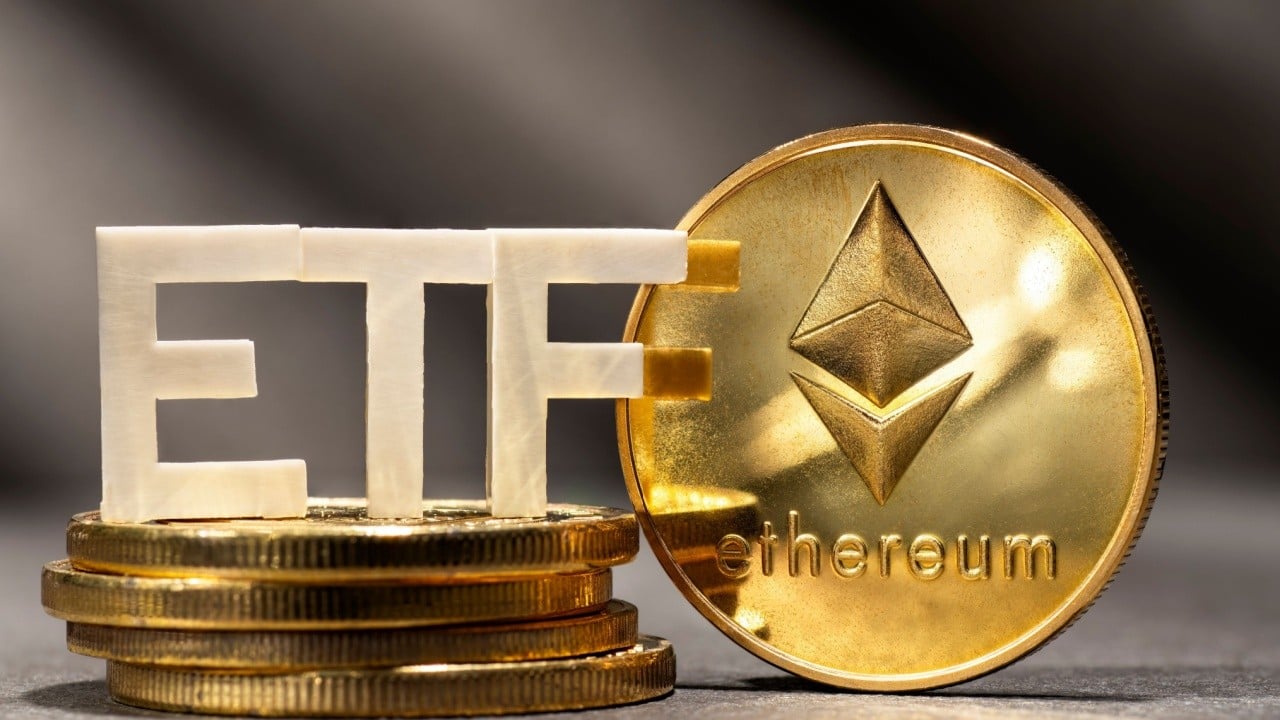ethereum bitcoin Exploring Their Unique Paths and Impact
With ethereum bitcoin leading the charge in the world of cryptocurrencies, their stories unfold like a thrilling saga. Each has carved its niche, offering distinct functionalities and technological frameworks that have reshaped how we perceive money and digital assets.
Ethereum and Bitcoin, while often mentioned together, serve different purposes and have evolved through unique historical contexts. Bitcoin, the first cryptocurrency, was born from the desire for a decentralized currency free from government control, while Ethereum introduced a versatile platform for decentralized applications through smart contracts. Understanding their foundational concepts and technological differences is key to comprehending their impact on the financial landscape.
Introduction to Ethereum and Bitcoin
Bitcoin and Ethereum are two of the most prominent cryptocurrencies in the digital financial landscape, each built on distinct principles and technologies. Bitcoin, introduced in 2009 by an anonymous entity known as Satoshi Nakamoto, was designed as a decentralized digital currency to facilitate peer-to-peer transactions without the need for intermediaries. Ethereum, launched in 2015 by Vitalik Buterin and others, extends these concepts by incorporating smart contracts, allowing developers to create decentralized applications (dApps) on its blockchain.The historical development of Bitcoin centers around its role as the first cryptocurrency, aimed at providing a secure and innovative way to transfer value.
On the other hand, Ethereum emerged to address limitations in Bitcoin’s functionality, focusing on creating a platform for programmable transactions and decentralized applications. The primary differences between them lie in their technological underpinnings; Bitcoin primarily serves as a currency, while Ethereum acts as a platform for dApps through smart contracts, which are self-executing contracts with the terms directly written into code.
Blockchain Technology
Blockchain technology is the backbone that enables both Bitcoin and Ethereum to function. Each network operates on a decentralized ledger that records all transactions transparently and securely. However, the consensus mechanisms differ: Bitcoin uses Proof of Work (PoW), which requires miners to solve complex mathematical problems to validate transactions, while Ethereum has transitioned to Proof of Stake (PoS) with its Ethereum 2.0 upgrade, allowing validators to create new blocks based on the amount of cryptocurrency they hold and are willing to “stake” as collateral.Both networks face scalability challenges, which are being addressed through different strategies.
Bitcoin is implementing solutions like the Lightning Network to facilitate faster transactions off the main blockchain. Meanwhile, Ethereum is focusing on sharding and Layer 2 scaling solutions to enhance transaction throughput without compromising security.
Smart Contracts and Decentralized Applications
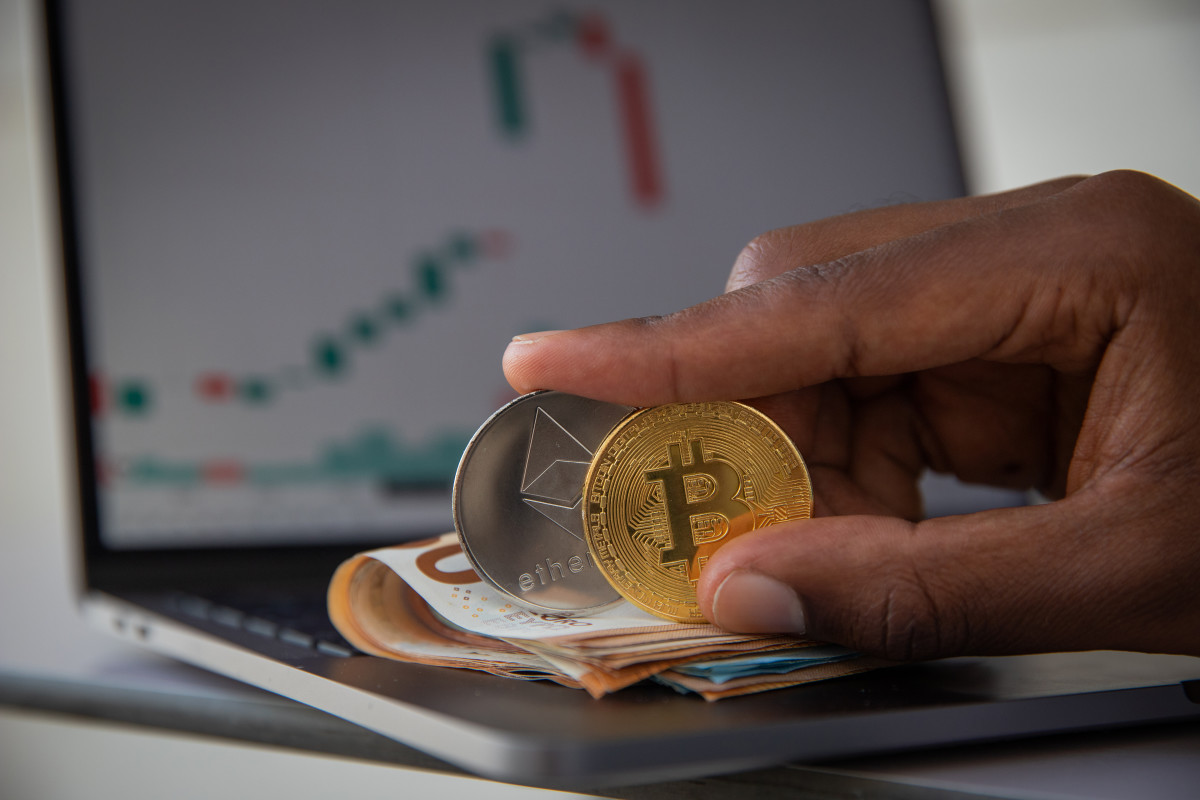
Smart contracts play a significant role in Ethereum’s ecosystem, allowing developers to create complex agreements that execute automatically when predefined conditions are met. This functionality is absent in Bitcoin, which primarily focuses on transferability and security of currency. The absence of smart contracts in Bitcoin limits its usability for innovative applications, as it cannot support the same level of programmability as Ethereum.Several decentralized applications have been developed on Ethereum, including decentralized finance (DeFi) platforms, non-fungible tokens (NFTs), and gaming applications.
These applications utilize smart contracts to facilitate transactions without intermediaries, showcasing Ethereum's versatility. In contrast, Bitcoin’s use cases are predominantly limited to serving as a store of value or a medium of exchange, which affects its adoption in sectors requiring complex transactions and functionalities.
Market Trends and Investment Perspectives

The valuation of Bitcoin and Ethereum is influenced by various market trends, including institutional adoption, regulatory news, and macroeconomic factors. Investors often adopt different strategies based on their perceptions of each cryptocurrency's potential. Bitcoin is often viewed as "digital gold," a hedge against inflation, while Ethereum's value is increasingly tied to its utility in powering dApps and smart contracts.To provide a clearer perspective of their price performance, the following table Artikels the historical price trends of Bitcoin and Ethereum over the past five years:
| Year | Bitcoin Price (USD) | Ethereum Price (USD) |
|---|---|---|
| 2019 | $3,800 | $135 |
| 2020 | $7,200 | $130 |
| 2021 | $47,000 | $3,800 |
| 2022 | $19,000 | $1,200 |
| 2023 | $30,000 | $2,000 |
Regulatory Environment
The regulatory landscape for Bitcoin and Ethereum varies significantly across different countries, influencing how these cryptocurrencies are perceived and utilized. In some regions, cryptocurrencies are embraced with open arms, while in others, stringent regulations pose challenges for businesses that utilize them. Regulatory bodies are increasingly focused on consumer protection, taxation, and preventing illicit activities, which can complicate compliance for companies operating within this space.Compliance challenges often arise from the need to adhere to anti-money laundering (AML) and know-your-customer (KYC) regulations.
As governments continue to develop frameworks for cryptocurrency regulation, the impact on market perception and investor confidence is substantial. Positive regulatory developments can lead to increased mainstream adoption, while restrictive measures may stifle innovation and growth within the sector.
Future Developments
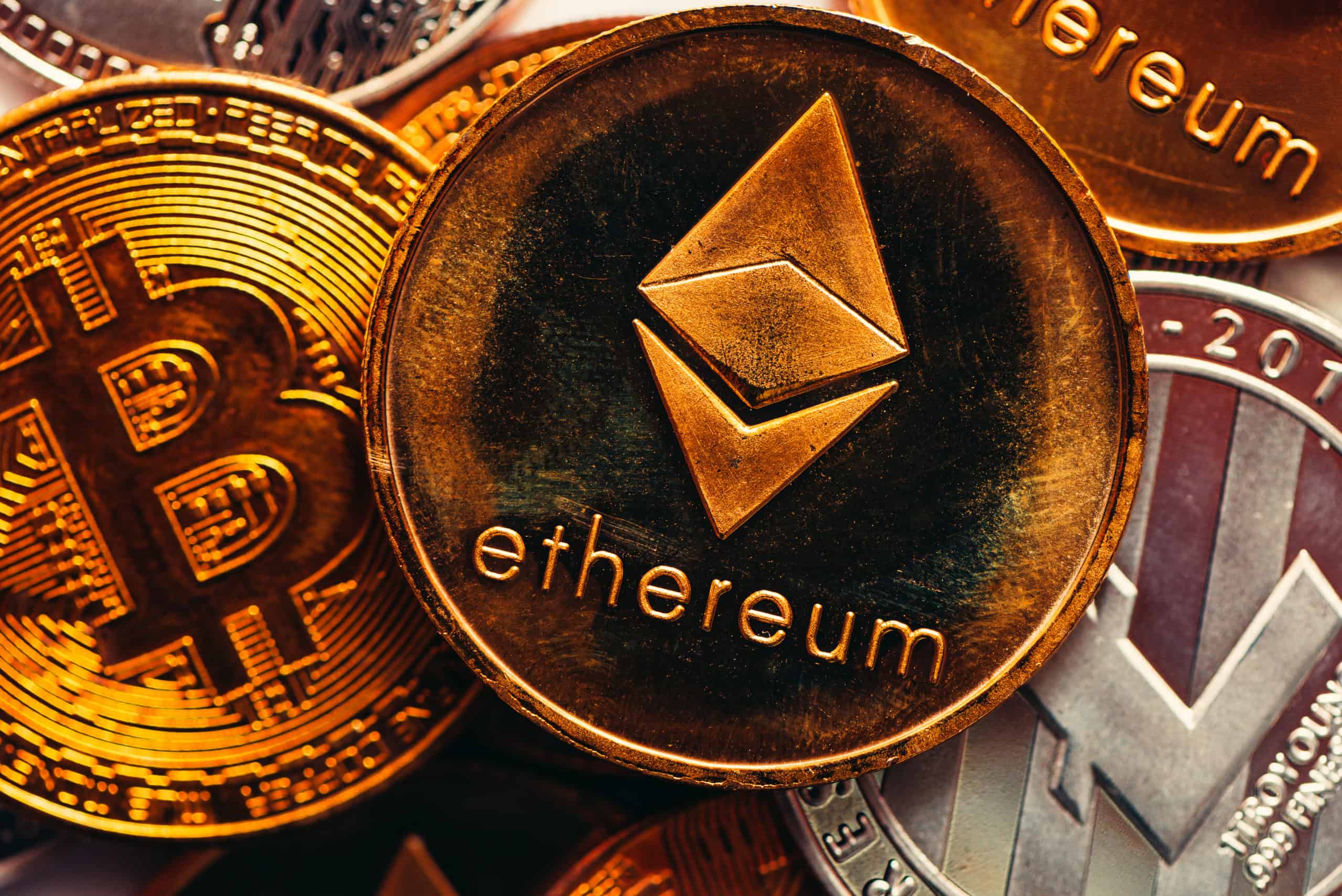
Looking ahead, both Bitcoin and Ethereum are poised for significant technological advancements. Bitcoin is exploring improvements to its transaction processing speed and security features, while Ethereum is set to further enhance its scalability and efficiency through upcoming upgrades. However, each cryptocurrency may encounter challenges, such as regulatory hurdles or competition from newer blockchain technologies.Community sentiment regarding their future trajectories varies.
Bitcoin proponents often argue for its role as a stable store of value, while Ethereum advocates highlight its innovative capabilities in powering the decentralized web. The divergent paths they may take will ultimately shape their long-term viability and adoption.
Use Cases and Adoption
Bitcoin and Ethereum have found real-world applications across various sectors, demonstrating their potential beyond mere speculative assets. Bitcoin is increasingly accepted as a payment method by retailers, while Ethereum powers a multitude of decentralized applications.Factors influencing adoption rates vary significantly; for Bitcoin, the focus is on its acceptance as a currency and a hedge against inflation. In contrast, Ethereum's adoption is driven by its ability to support complex applications and smart contracts.
Here are some industries actively embracing these technologies:
- Finance and Banking
- Gaming and Entertainment
- Supply Chain Management
- Healthcare
- Real Estate
- Charitable Organizations
Last Recap
As we wrap up our exploration of ethereum bitcoin, it becomes clear that both cryptocurrencies hold significant places in the digital economy. Their unique features and use cases continue to drive innovation, investment, and regulatory discussions. While they may face challenges ahead, their foundational technologies and community support suggest that both are likely to thrive in the evolving landscape of finance.
Frequently Asked Questions
What is the main difference between Ethereum and Bitcoin?
The main difference lies in their purposes; Bitcoin is primarily a digital currency, while Ethereum focuses on enabling smart contracts and decentralized applications.
Can Bitcoin and Ethereum be used interchangeably?
No, they serve different functions and are not interchangeable; Bitcoin is used for transactions, whereas Ethereum is used for creating and executing smart contracts.
Are Ethereum and Bitcoin regulated?
Yes, both are subject to regulation, but the regulatory environment varies significantly by country and continues to evolve.
What are the scalability solutions for Ethereum?
Ethereum has introduced several scalability solutions, including Layer 2 solutions like Optimistic Rollups and future upgrades like Ethereum 2.0, which aims to increase transaction throughput.
How does market volatility affect Ethereum and Bitcoin?
Both cryptocurrencies experience high volatility; factors like market sentiment, technological changes, and regulatory news can significantly impact their prices.
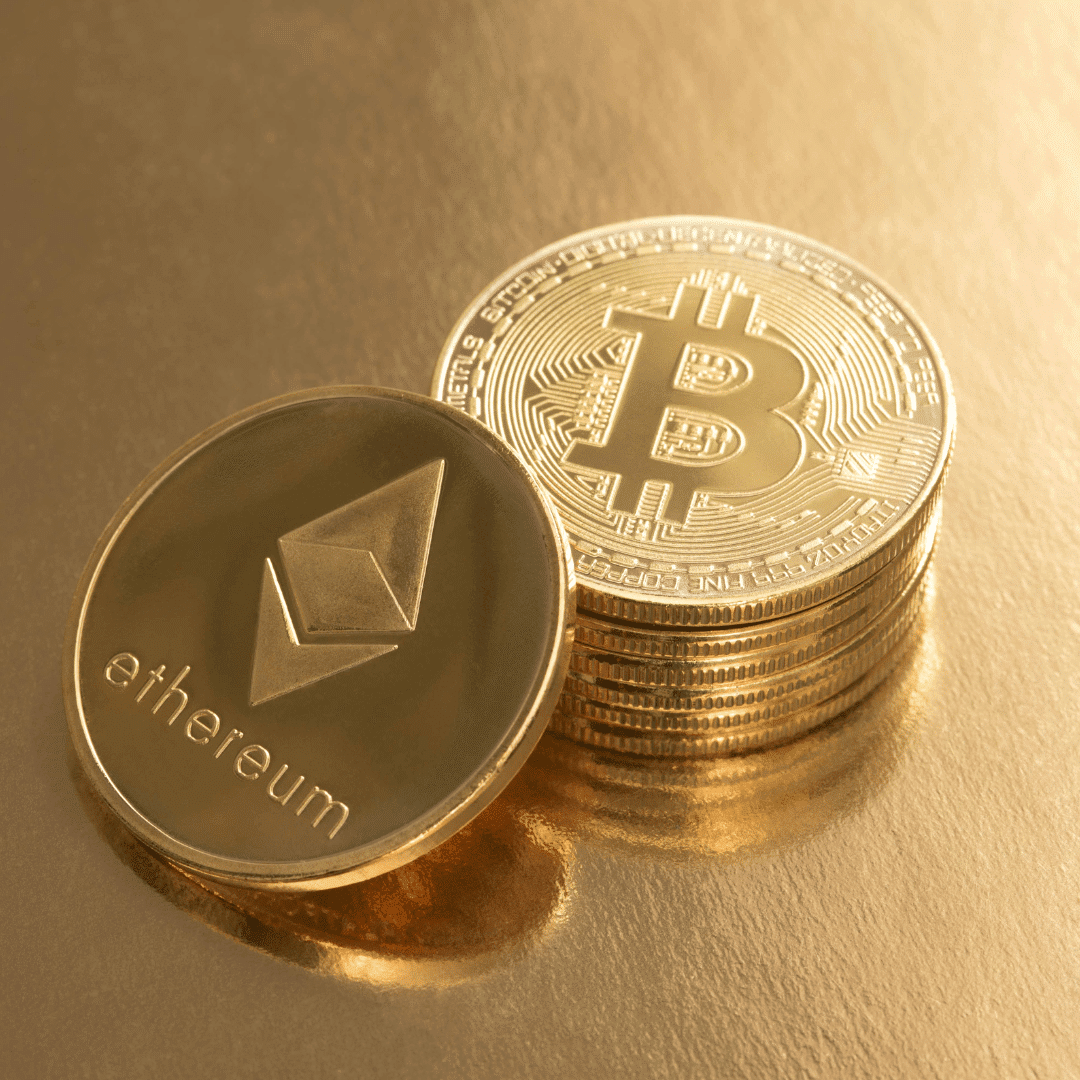

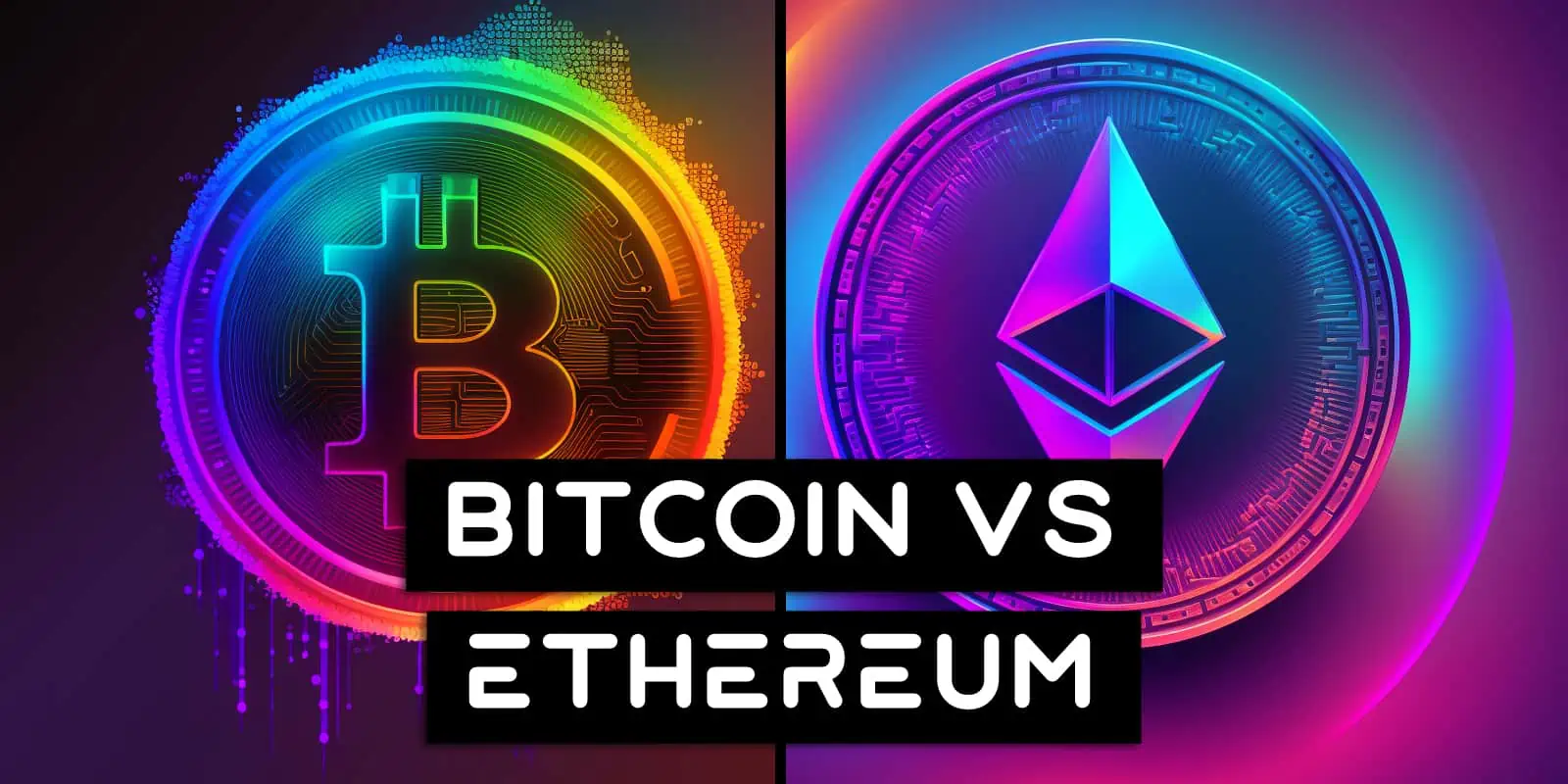



.jpg)

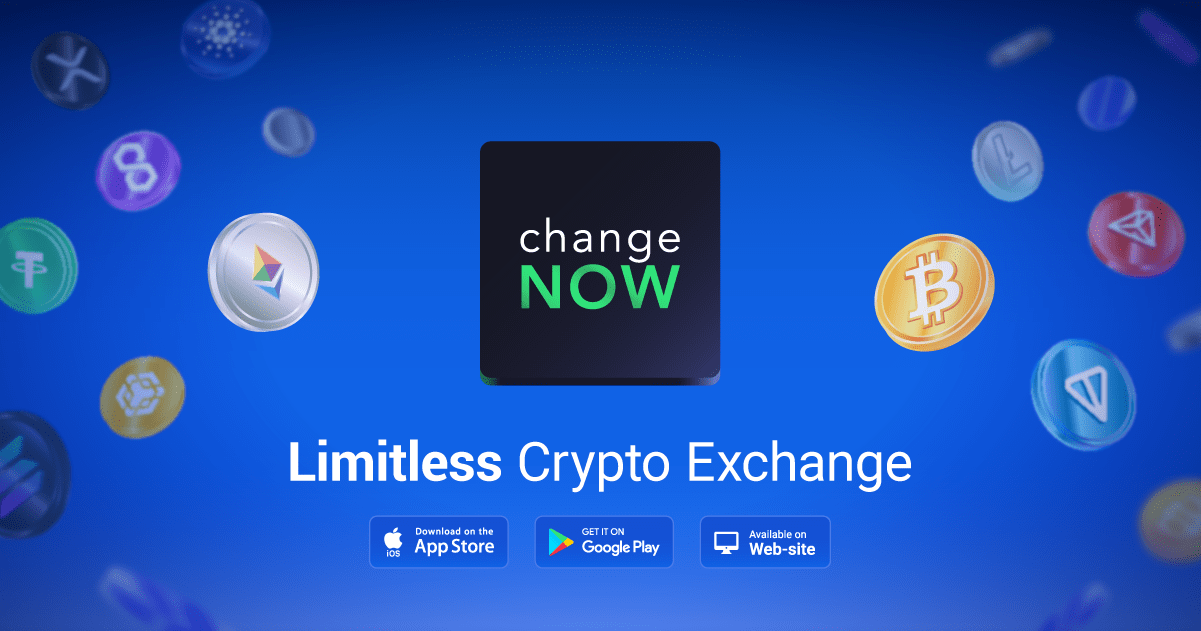
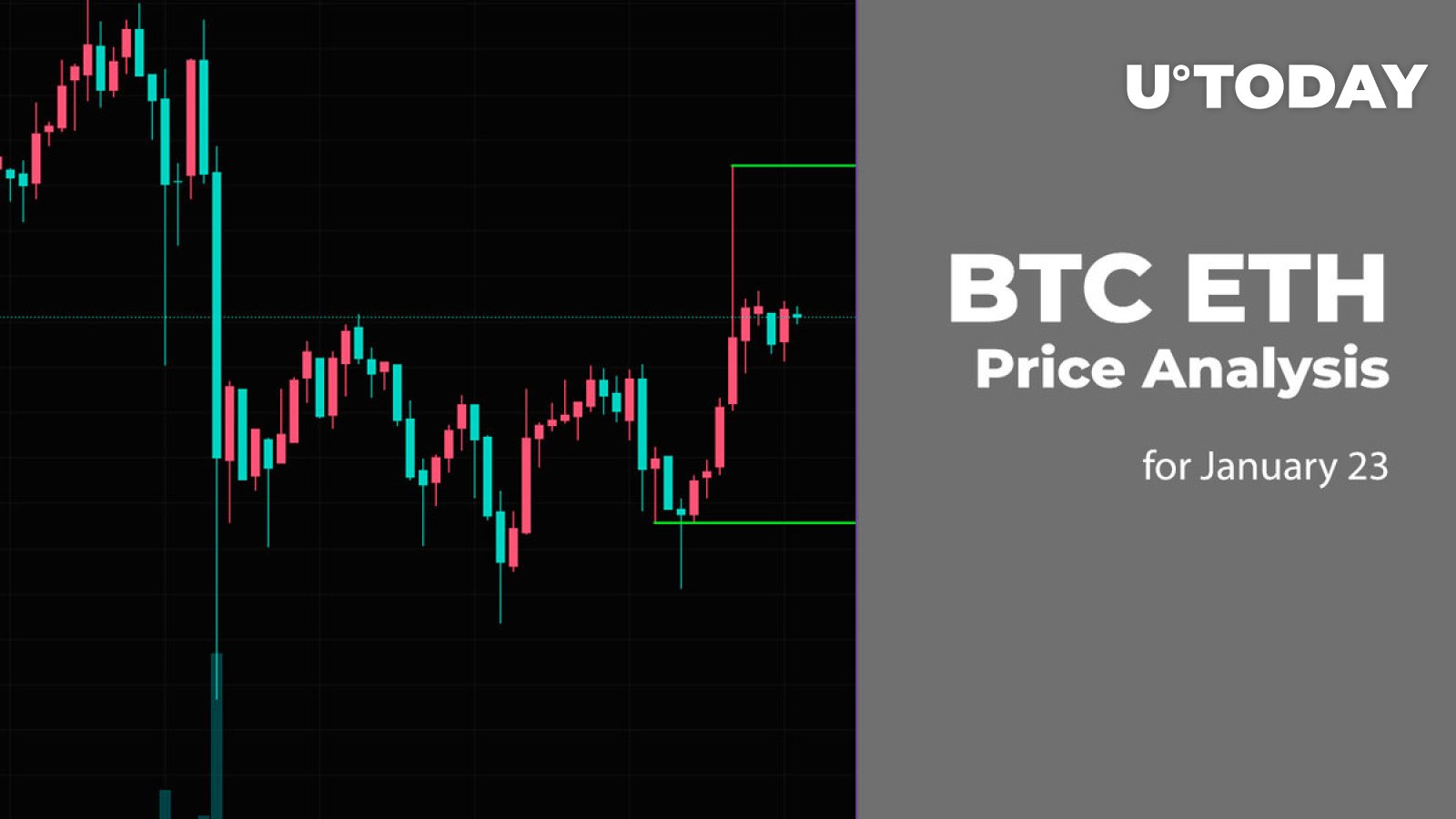
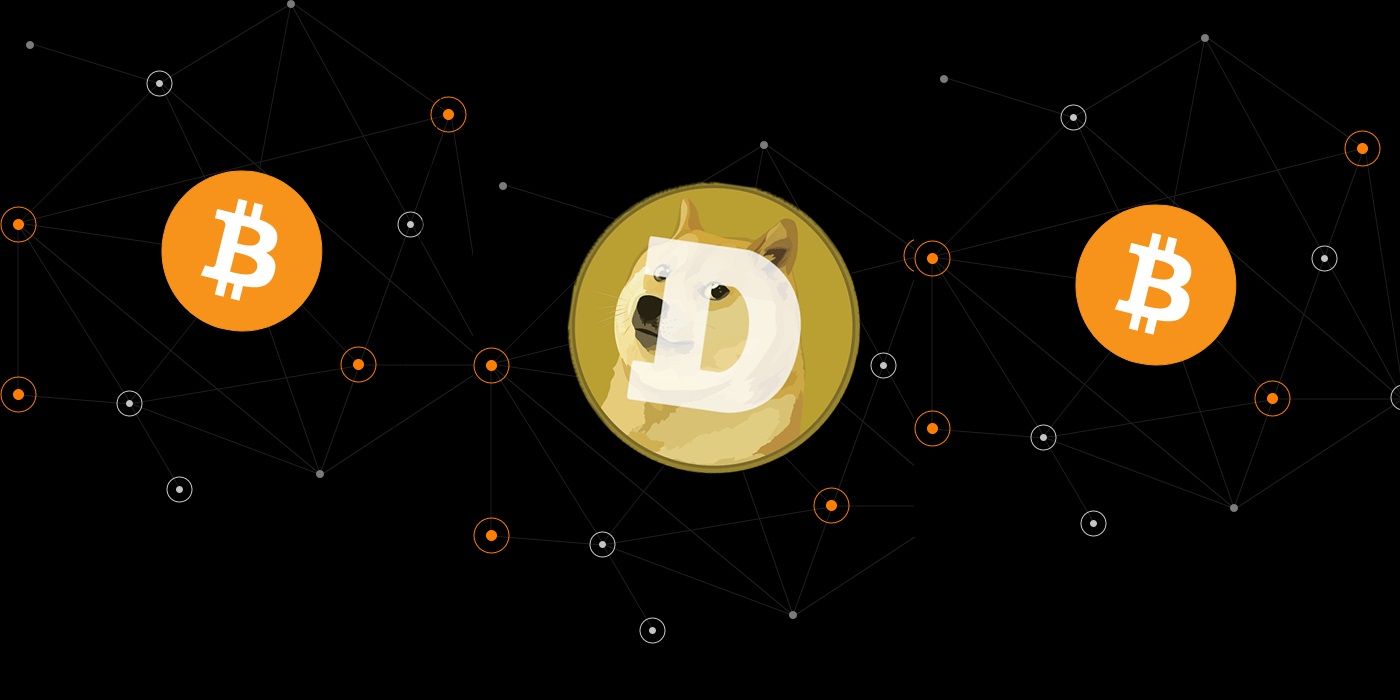
.jpg)
